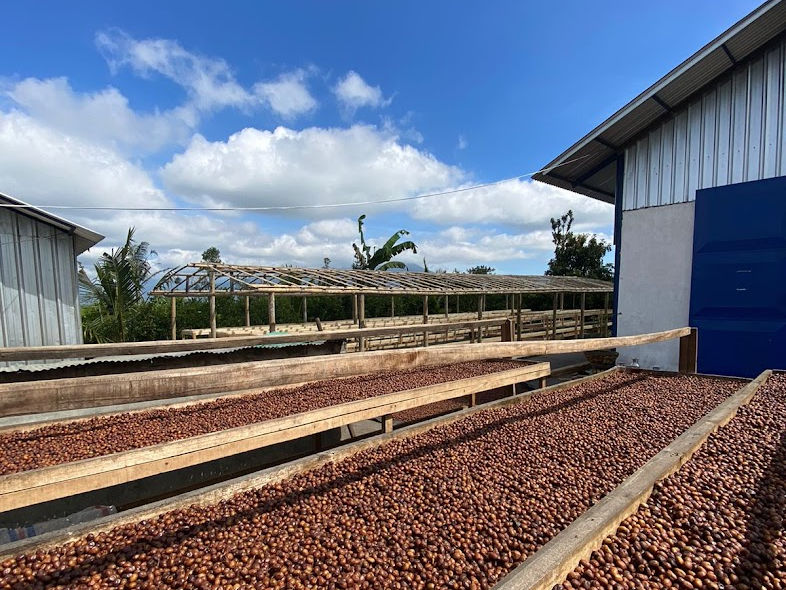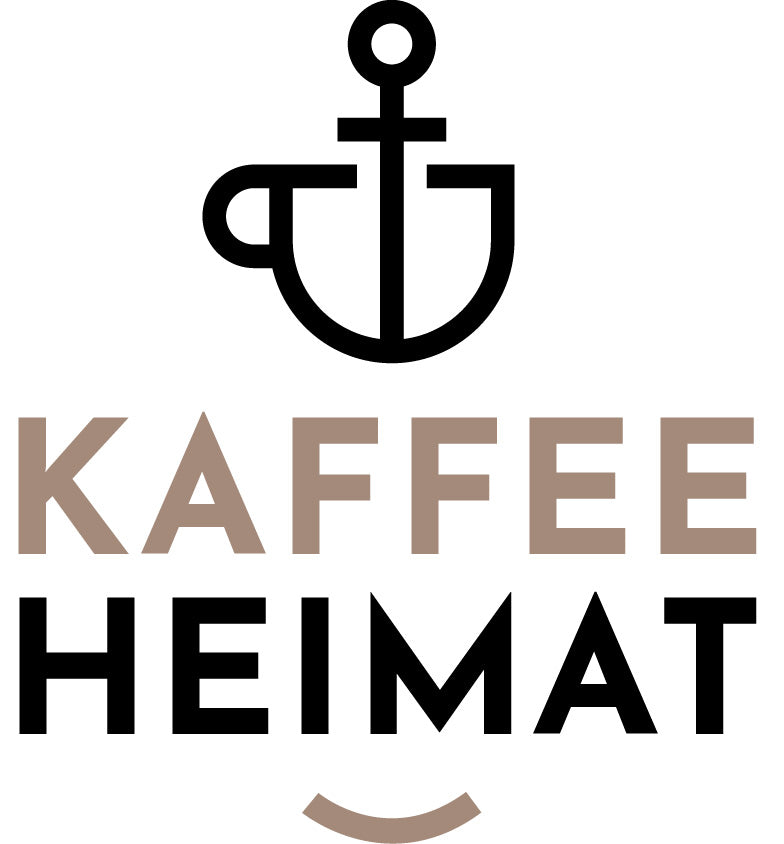

Roaster's recommendation
 |
Indonesia Sumatra - Meru - All about green coffee & the coffee farm This Arabica bean comes from the Gunung Suci (sacred mountain) region of Sumatra—an area known for its ancient coffee cultivation, volcanic soils, and the traditional "Giling Basah" process.* Sumatra is Indonesia's second-largest island. |
 |
Country / Region / Farmer / Producer / CertificationIndonesia / North Sumatra / Batak Highlands (Simpangampat, Prapat, Sidikalang) / Direct trade |
 |
Cultivation height / Harvesting method / Variety / Processing 1,500-1,700 m / Selective hand-picking / 100% Arabica / Fully washed (overnight fermentation) |
intensity
|
Fruit acid |
*Info Gilling Basah
Semi-washed, also known as "Giling Basah," is a coffee bean processing method. In this method, the coffee bean is only partially washed to preserve its natural flavor and aromas.
The traditional Giling Basah method originates from Indonesia and is used primarily for processing Arabica coffee beans. In this method, the coffee beans are not fully washed after harvesting, but only the outer hull is removed.
This process has several advantages:
- Preservation of natural aromas and flavors
- Reduction of water consumption
- Preservation of the original acidity and body of the coffee





